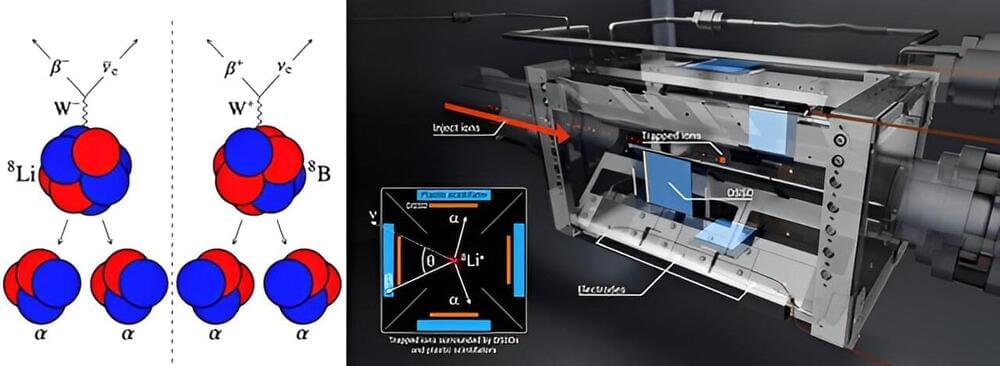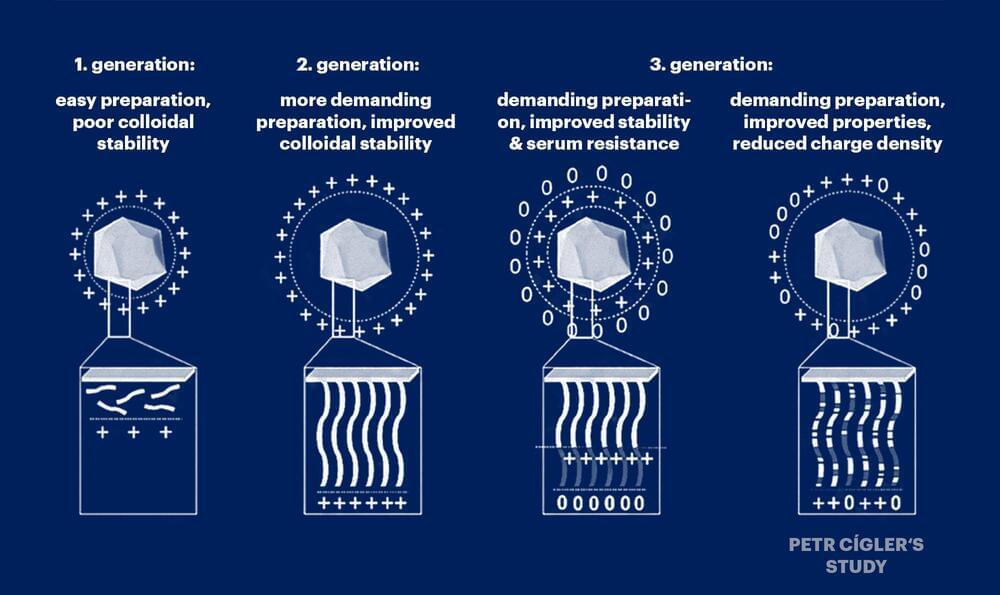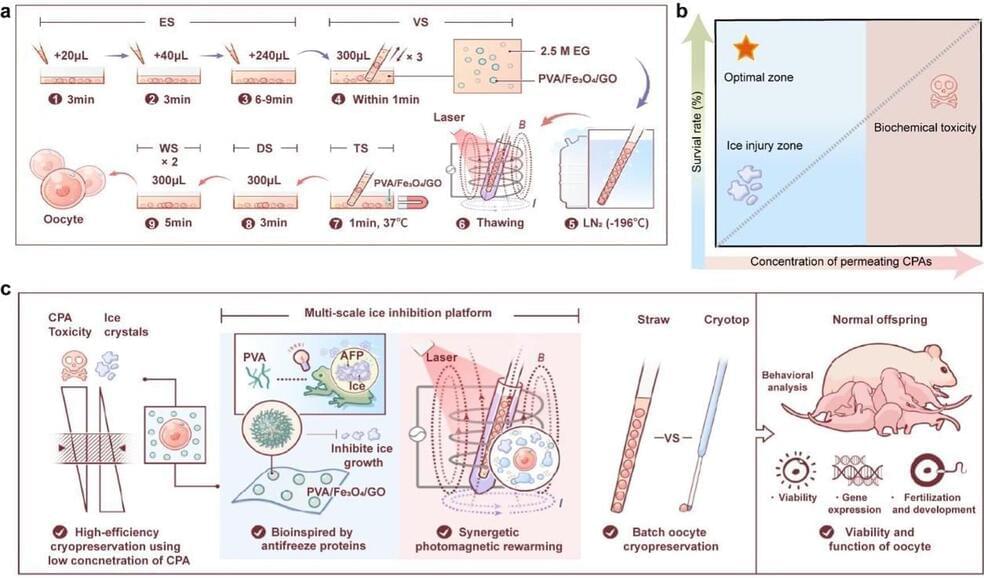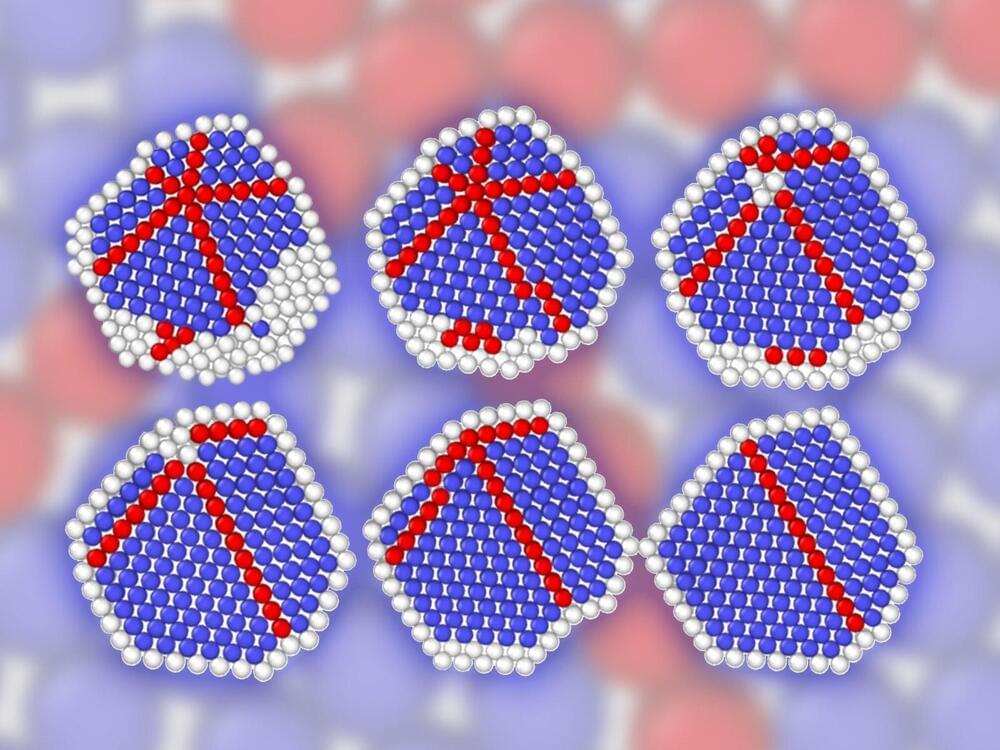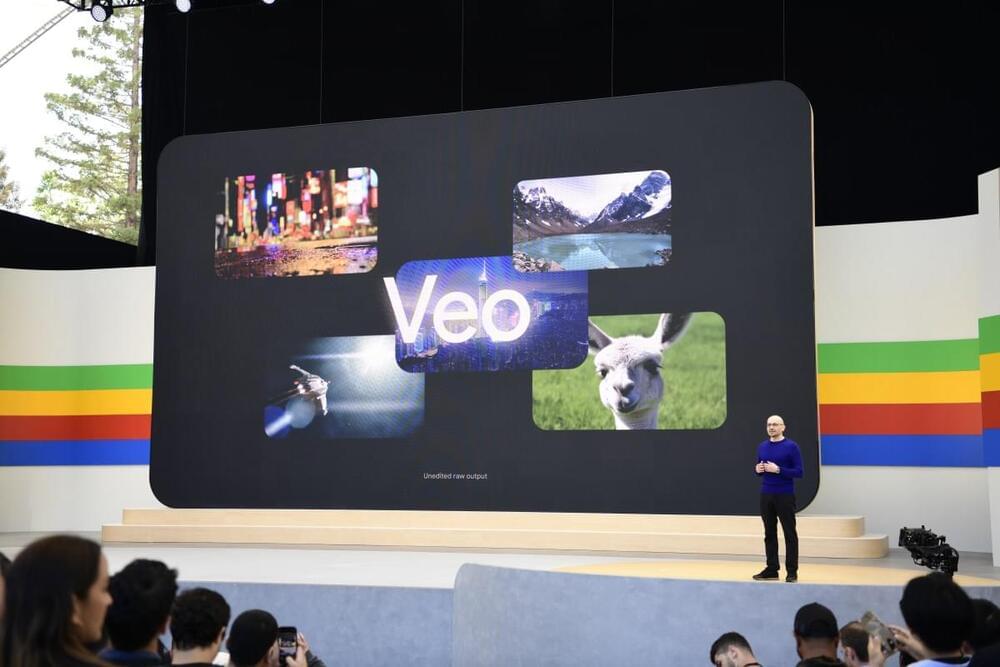The Standard Model of Particle Physics is scientists’ best understanding of the forces that describe how subatomic particles interact. The Standard Model encompasses four forces: the strong nuclear force, the weak nuclear force, the electromagnetic force, and the gravitational force. All four forces govern the way our universe works. However, the weak nuclear force is exceptionally difficult to study as it is overshadowed by the much greater effects of the strong nuclear and electromagnetic forces.
New research is challenging the scientific status quo on the limits of the nuclear chart in hot stellar environments where temperatures reach billions of degrees Celsius.
The nuclear chart is a way to map out different kinds of atomic nuclei based on their number of protons and neutrons, and the “drip lines” can be viewed as the boundaries or edges of this map. Researchers from the University of Surrey and the University of Zagreb have found that these drip lines, which define the maximum number of protons and neutrons within a nucleus, change dynamically with temperature.
The findings challenge the view that drip lines and the number of bound nuclei are not sensitive to the temperature.
Dr. Petr Cígler and his collaborators are working on refining molecular systems for transporting ribonucleic acid (RNA) molecules into cells. The question of how to effectively deliver RNA to a designated place in the body in order to silence a malfunctioning gene is one of the greatest challenges of the rapidly developing field of gene medicine.
In a first for communications, researchers in Sweden 3D printed silica glass micro-optics on the tips of optic fibers—surfaces as small as the cross section of a human hair. The advance could enable faster internet and improved connectivity, as well as innovations like smaller sensors and imaging systems.
Safe and high-quality fertility preservation is of growing significance for women in clinical trials. Current primary methods for cryopreserving human oocytes are slow freezing and vitrification, but existing techniques pose risks of biochemical toxicity and are restricted in large-scale clinical practice.
Twinned nanoparticles have regions of clear symmetry that share the same crystal lattice, separated by a clear boundary. Changing the twin structure can affect the properties of the nanoparticles, which makes controlling twinning to create tailored nanomaterials an active area of research.
It’s one thing to dream up a quantum internet that could send hacker-proof information around the world via photons superimposed in different quantum states. It’s quite another to physically show it’s possible.
From Stanford, Albert Einstein, & Johns Hopkins U: a multimodal agent benchmark to evaluate AI in simulated clinical environments.
From stanford, albert einstein, & johns hopkins U
AgentClinic: a multimodal agent benchmark to evaluate AI in simulated clinical environments abs: https://arxiv.org/abs/2405.07960 project page: https://agentclinic.github.io code: https://github.com/samuelschmidgall/agentclinic.
A new multimodal agent…
At Google I/O, Google previewed a generative AI model that can create videos at 1080p around a minute in length.
